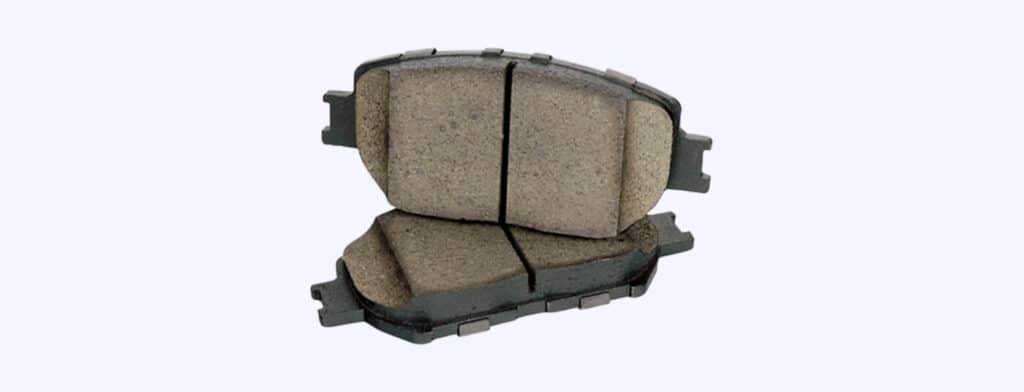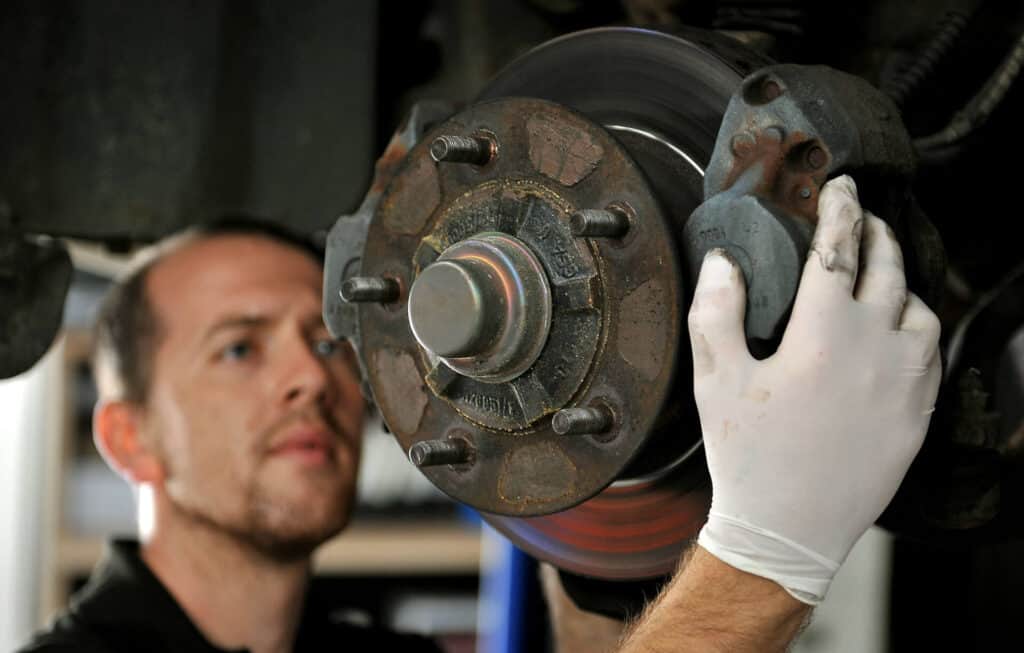Introduction: The Importance of Brake Pad Selection for Fleet Vehicles
Selecting the right brake pad material for your fleet vehicles is crucial to ensure optimal braking performance, safety, and overall cost efficiency. Ceramic brake pads have gained popularity in recent years, but are they the right choice for your fleet? In this article, we will discuss the pros and cons of ceramic brake pads for fleet vehicles, and explore whether they are worth the investment.
What are Ceramic Brake Pads?
Ceramic brake pads are made from a blend of ceramic fibers, filler materials, and bonding agents. They are designed to provide a quieter and cleaner braking experience compared to traditional brake pad materials. Ceramic pads offer several advantages, but also come with some drawbacks that fleet managers should consider before making a decision.
Pros of Ceramic Brake Pads for Fleet Vehicles
• Quieter Performance: One of the primary advantages of ceramic brake pads is their quiet performance. They produce less noise during braking compared to other materials, such as semi-metallic and organic brake pads. This can contribute to a more comfortable driving experience for fleet drivers and less noise pollution on the road.
• Reduced Brake Dust: Ceramic brake pads produce less brake dust compared to other brake pad materials. This results in cleaner wheels and less time spent on cleaning and maintenance. Additionally, the brake dust produced by ceramic pads is less abrasive and corrosive, reducing the potential for damage to wheels and other components.

• Longer Lifespan: Ceramic brake pads tend to have a longer lifespan than organic and semi-metallic brake pads. This means fewer replacements and potentially lower maintenance costs over time. However, it’s essential to balance this benefit against the higher initial cost of ceramic brake pads.
• Improved Braking Performance: Ceramic brake pads generally provide consistent braking performance across a wide range of temperatures. They are less prone to brake fade under extreme heat, which can be advantageous in demanding fleet driving conditions.
Cons of Ceramic Brake Pads for Fleet Vehicles
• Higher Initial Cost: One of the most significant drawbacks of ceramic brake pads is their higher initial cost compared to other brake pad materials. Fleet managers must weigh the potential long-term savings from the pads’ extended lifespan against the higher upfront investment.
• Potential Rotor Wear: While ceramic brake pads themselves tend to last longer, they can cause increased wear on brake rotors due to their harder composition. This may lead to more frequent rotor replacements, offsetting some of the cost savings from the pads’ longevity.
• Limited Cold Weather Performance: Ceramic brake pads can perform less effectively in cold temperatures, as they require more heat to reach optimal performance. This can be a concern for fleets operating in regions with harsh winter conditions.
Factors to Consider When Choosing Brake Pads for Your Fleet Vehicles
• Fleet Driving Conditions: When selecting brake pads for your fleet vehicles, it’s essential to consider the typical driving conditions they face. Traffic patterns, temperature variations, and terrain can all impact brake pad performance and wear. For example, vehicles operating in urban areas with frequent stop-and-go traffic may benefit from the improved heat resistance of ceramic brake pads, while those in rural areas with less frequent braking may not require the same level of performance. Assessing your fleet’s driving conditions will help you identify the most suitable brake pad material for your specific needs.
• Vehicle Type and Weight: The type and weight of your fleet vehicles are also important factors to consider when choosing brake pads. Heavier vehicles, such as trucks and buses, place greater demands on the braking system due to their increased mass. In these cases, ceramic brake pads may offer better heat resistance and longer-lasting performance compared to other brake pad materials. However, lighter vehicles may not experience the same level of improvement with ceramic pads, making other brake pad materials more cost-effective in certain situations.
• Maintenance Budget and Cost Analysis: Before making a decision on brake pad materials for your fleet, it’s crucial to evaluate your maintenance budget and conduct a cost analysis. While ceramic brake pads may have a higher initial cost, their longer lifespan and reduced brake dust could result in lower long-term maintenance costs. Calculate the potential savings from reduced maintenance and component replacements over the life of the brake pads and compare this to the initial investment. This analysis will help you determine whether the benefits of ceramic brake pads justify the higher upfront expense for your fleet.

Comparing Ceramic Brake Pads with Other Brake Pad Materials
• Organic Brake Pads: Organic brake pads are made from a combination of fibers, resins, and fillers. They are generally more affordable than ceramic brake pads and provide a smooth, quiet braking experience. However, they tend to wear out more quickly, produce more brake dust, and have a higher risk of brake fade under extreme conditions.
• Semi-Metallic Brake Pads: Semi-metallic brake pads consist of a mixture of metals and other materials. They offer better heat dissipation than organic brake pads, which can lead to improved braking performance and longer life. However, they can be noisier and produce more brake dust than ceramic brake pads.
Making the Decision: Are Ceramic Brake Pads the Right Choice for Your Fleet?
To determine whether ceramic brake pads are the right choice for your fleet, consider the factors mentioned earlier, such as driving conditions, vehicle type and weight, and maintenance budget. Also, weigh the pros and cons of ceramic brake pads against those of other brake pad materials. It’s crucial to choose the brake pad material that best meets your fleet’s unique needs and priorities.
Conclusion: Evaluate Your Fleet Needs to Determine the Best Brake Pad Investment
Selecting the right brake pad material for your fleet vehicles is essential to maintain safety, performance, and cost-efficiency. Ceramic brake pads offer several advantages, such as quieter performance, reduced brake dust, and longer lifespan, but they also come with potential drawbacks like higher initial cost and increased rotor wear. By carefully evaluating your fleet’s specific needs and comparing the pros and cons of different brake pad materials, you can make an informed decision about the best investment for your fleet’s brake systems.
